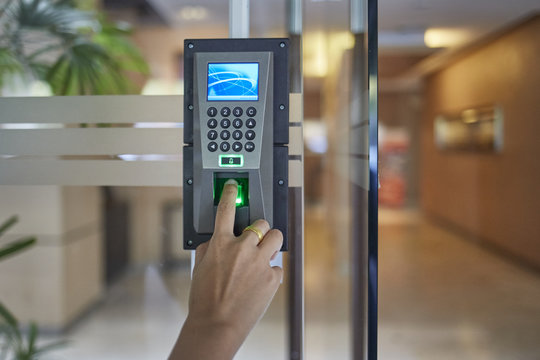In the entertainment industry, cybersecurity plays a pivotal role in safeguarding digital content against a myriad of threats. As the industry increasingly relies on digital platforms for production, distribution, and consumption of content, protecting intellectual property and sensitive data has become paramount. One of the primary concerns is piracy, where unauthorized distribution and reproduction of movies, music, games, and other content pose significant financial losses and undermine the integrity of creative works. To combat this, robust digital rights management DRM systems are implemented, encrypting content and controlling access to ensure only authorized users can view or use the material. Moreover, the threat landscape includes cyberattacks aimed at disrupting operations or stealing valuable information. Studios, production houses, and streaming platforms are often targets for ransomware attacks, where malicious actors encrypt critical data and demand payment for decryption. Such incidents not only halt production but also jeopardize sensitive scripts, unreleased footage, and financial records.

To mitigate these risks, entertainment companies invest in cybersecurity frameworks that encompass advanced threat detection systems, secure network architecture, and comprehensive data backup strategies. These measures not only protect against ransomware but also defend against data breaches that could lead to leaks of unreleased content or personal information of artists and staff. In the realm of online streaming and distribution, ensuring secure transactions and protecting user privacy are essential. With the rise of subscription-based services and digital purchases, platforms must implement secure payment gateways, encryption protocols, and stringent user authentication processes. This not only builds consumer trust but also prevents financial fraud and identity theft. Additionally, as streaming services collect vast amounts of user data for personalization and analytics, strict adherence to data protection regulations such as GDPR and CCPA is crucial to avoid legal repercussions and maintain customer confidence.
The proliferation of connected devices and smart technologies further complicates cybersecurity in entertainment. From smart TVs to wearable gadgets, each device represents a potential entry point for cyber threats. Ensuring these devices are regularly updated with security patches and integrating them into a secure network environment is essential to prevent them from being exploited as vectors for malware or unauthorized access to content. Furthermore, the collaborative nature of entertainment production introduces vulnerabilities through third-party vendors, freelancers, and global distribution partners. Each entity in the supply chain must adhere to stringent cybersecurity protocols to prevent breaches that could compromise the entire ecosystem. This includes conducting thorough security assessments, establishing secure communication channels, and enforcing contractual obligations for data protection and confidentiality with Cyber Security tips.
Education and awareness also play a critical role in strengthening cybersecurity defenses within the entertainment industry. Training employees on identifying phishing attempts, practicing secure password management, and recognizing potential security loopholes in workflows can significantly reduce the risk of insider threats and human error. In conclusion, cybersecurity in the entertainment industry is a multifaceted endeavor that requires continuous adaptation to evolving threats and technologies. By implementing robust DRM systems, securing digital transactions, fortifying network infrastructure, and fostering a culture of cybersecurity awareness, stakeholders can effectively safeguard digital content, protect sensitive data, and uphold the integrity of creative works in an increasingly digital landscape. This proactive approach not only defends against financial losses and reputational damage but also ensures a resilient foundation for innovation and growth in the global entertainment sector.




